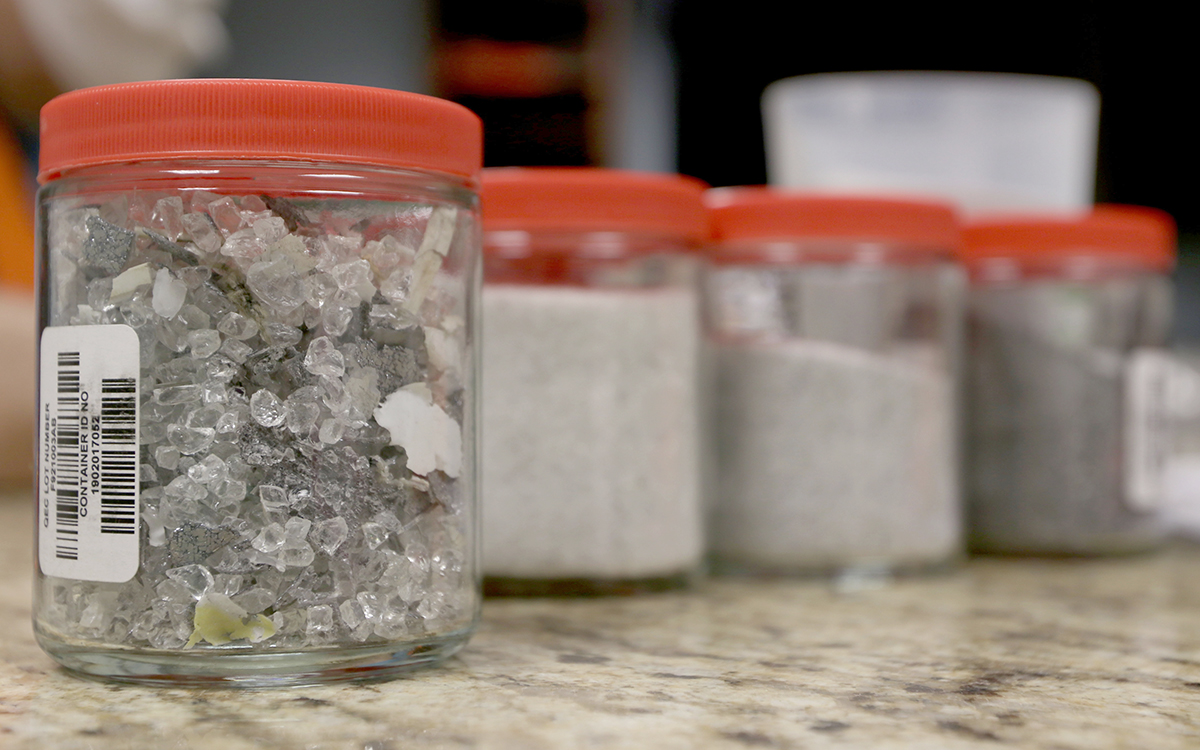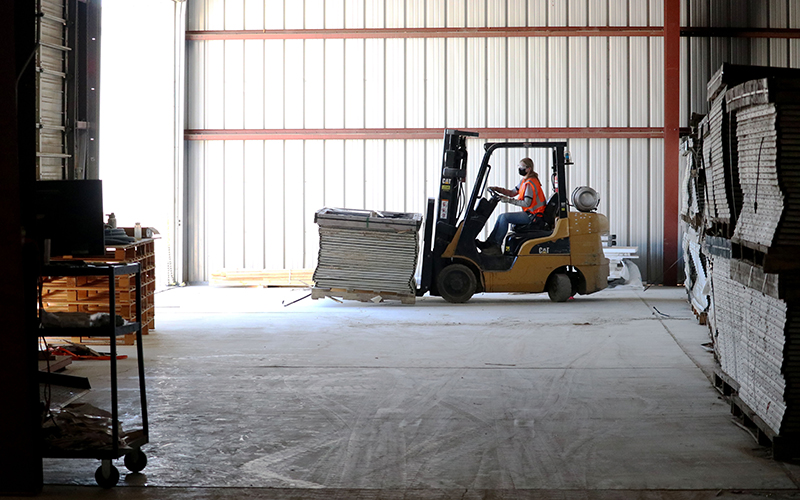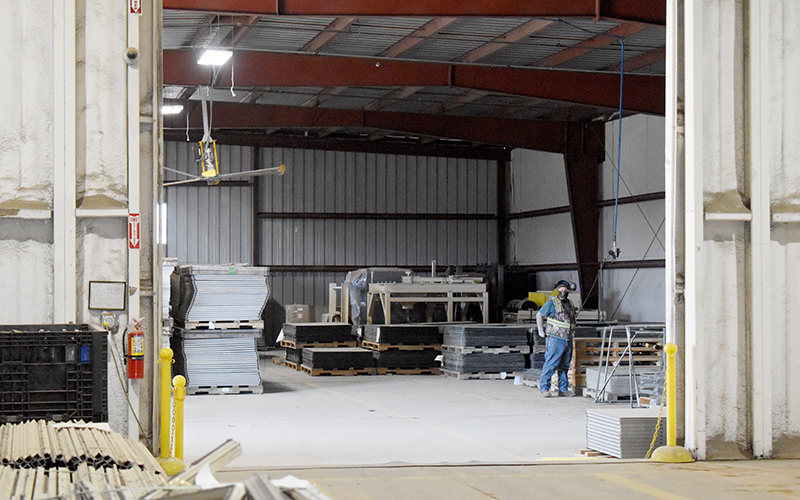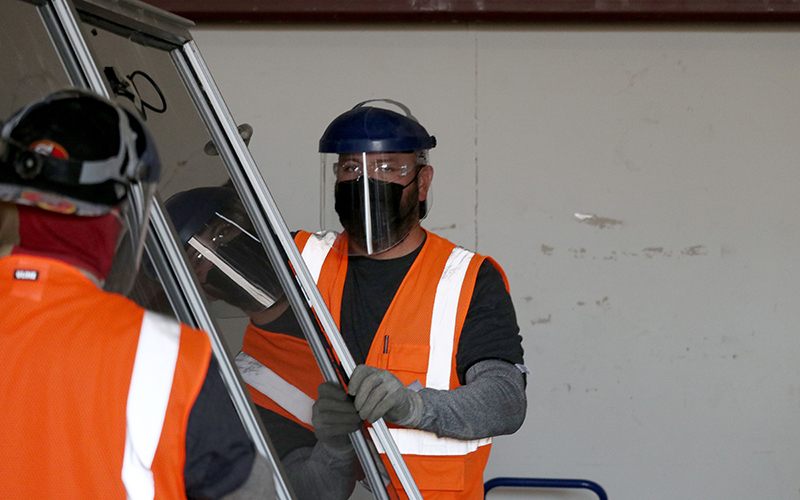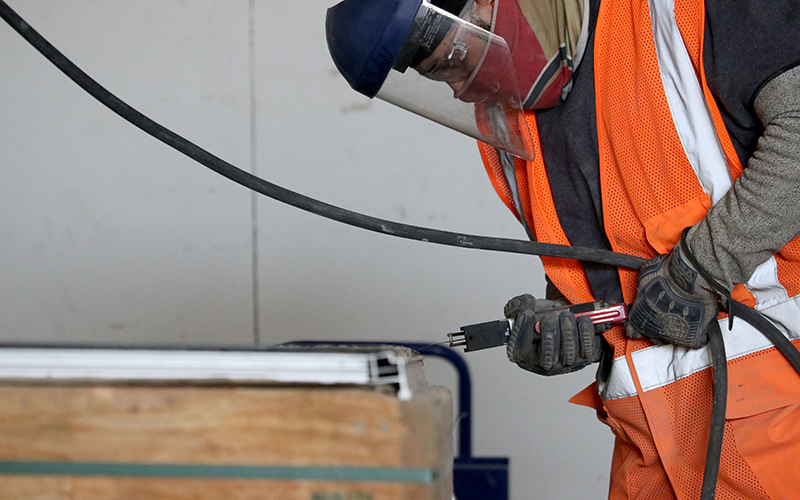The future of solar recycling
Clark said photovoltaic panels contain materials that are hard to remove and can be harmful to the environment if tossed in the trash.
“You could be putting lead or other things in the landfill,” he said.
We Recycle Solar focuses on recycling panels to aluminum and glass, but it also has been working to strip traces of copper, silver and other metals away from the glass and plastics through chemical reduction. They’re still trying to perfect the process, however.
At Arizona State University’s School of Electrical, Computer and Energy Engineering, a team led by Professor Meng Tao is researching ways to recover lead and every other material from old photovoltaic panels.
“The goal of this project is to eventually help our society solve a problem,” Tao said, and to make solar recycling more cost-effective.
“The end goal is that we can build a pilot plant and practice on a commercial scale,” he said.
Natalie Click, a Ph.D. candidate at ASU and research assistant who’s working with Tao and studying material science and engineering, is focused on increasing recovery rates for lead, an extremely toxic metal, in its metallic form so it can be reused as solder and other products.
“We want to be able to say that we can make sure that all of these precious materials in the solar panel aren’t just going into the environment, that the lead isn’t going to contaminate your groundwater, that we can collect it and put it back into new solar panels,” Click said.
Cronkite News reporters Payton Major and Autriya Maneshni contributed to this story.
